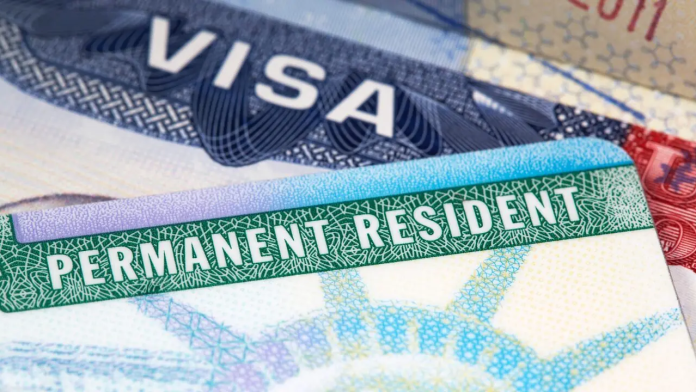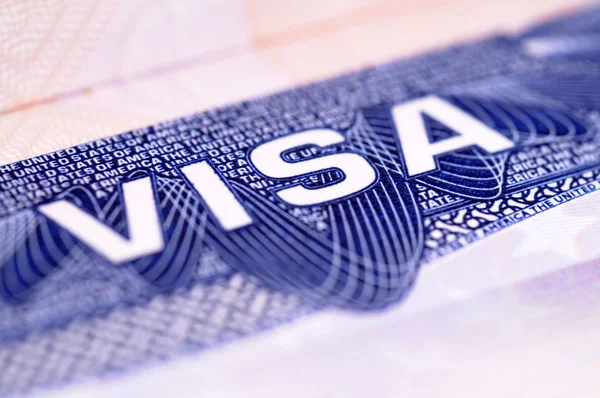
It started with a shockwave: a brusque one-time announcement from Washington that set recruiters racing, immigration attorneys working around the clock, and tens of thousands of highly skilled workers reconsidering their futures. The United States, historically a draw for world talent, put a $100,000 charge on fresh H-1B visas a pillar of its high-skilled immigration policy. For decades, this visa pipeline fueled Silicon Valley’s innovation engine and filled hospitals, research laboratories, and universities nationwide. Today, that pipeline is constricting.
The ripple effects are instant and worldwide. Nations that previously struggled to keep up with America’s magnetism are racing to get hold of the talent now excluded. From Canada’s Silicon Creeks to South Korea’s semiconductor parks, governments are designing inducements, cutting red tape, and offering long-term security to attract the brightest brains. Immigration policy has become a winning lever in the competition for innovation and the U.S. is losing the ground.
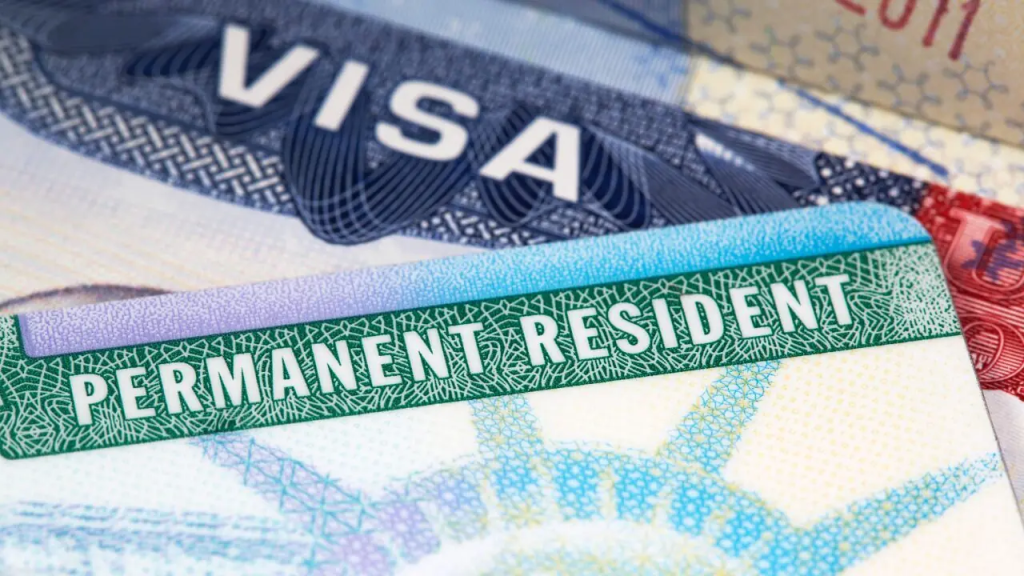
1. Canada’s Bid to Recruit Displaced Tech Talent
Canadian policymakers view the U.S. visa increase as an opportunity. Prime Minister Mark Carney positioned it as a chance to recruit the group once dependent on H-1B visas, especially in technology. Immigration attorneys like Becky Fu von Trapp point out that “each time the U.S. closes the door on worldwide talent, Canada wins.” Ottawa’s Global Talent Stream under the Temporary Foreign Worker Program is set to speed up entry for higher-skilled workers, but analysts caution that permanent residency streams need to be streamlined to lock in long-term gains.
Provincial political leaders are also extending overtures. The minister for jobs in British Columbia invited scientists and innovators to come and be part of Canada’s “economic engine.” But others sound the warning against excessive dependence on American policy changes, noting that Canada is in danger of becoming a “holding pen” for employees waiting for U.S. openings. The challenge of strategy is turning temporary visitors into dedicated contributors to Canada’s innovation system.

2. France’s ‘Choose France for Science’ Initiative
France is capitalizing on uncertainty in U.S. research funding to lure scientists. The French National Research Agency’s “Choose France for Science” initiative creates new avenues of government sponsorship for universities and research centers with the aim of recruiting foreign-born and native-born researchers. President Emmanuel Macron signaled the priority, stating, “Researchers from across the globe, choose France, choose Europe!”
The timing is coincidental. Cuts and reversals in U.S. government research budgets have reduced scientists to their quest for stability. France’s appeal is based on its strong research infrastructure and the assurance of continuity a winning argument for those suspicious of political uncertainty in Washington. By projecting itself as a secure anchor for long-term research projects, France aims to attract talent that is essential to Europe’s competitiveness in areas such as artificial intelligence and biomedical science.

3. UK’s Push to Waive Visa Fees for Top Minds
The United Kingdom’s “Global Task Force” is exploring the abolition of visa fees for elite scientists, academics, and digital experts. An official told the Financial Times, “We’re kicking around the idea of cutting costs to zero” for those from the world’s top five universities or with prestigious awards. Currently, applicants face fees of £766 plus a £1,035 annual health surcharge.
Supported by a £54 million Global Talent Fund, the proposal will fund research and relocation costs in full. The action follows as America’s visa fee increase rallies reform champions in Britain, who believe that the budget before them is an opportunity to stimulate growth. Economists caution that America’s policy can slow the growth of its workforce, and that the UK reforms can speed its own stream of high-quality talent, especially in fields where productivity increases depend on worldwide expertise.
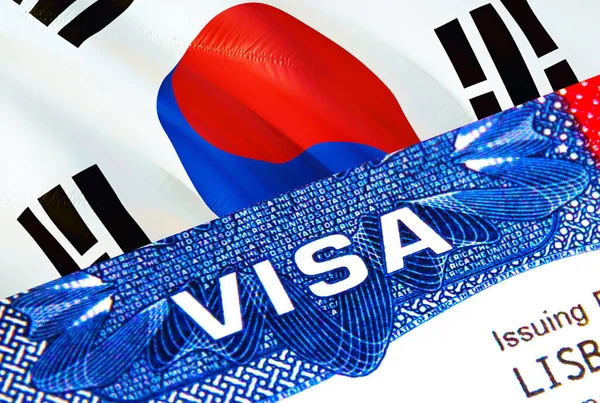
4. South Korea’s K-Tech Pass for High-Tech Leaders
South Korea’s “K-Tech Pass” program, launched in April, targets exceptional leaders in semiconductors and artificial intelligence. Administered by the Global Talent Center, it offers special visas, settlement support, and notable perks: a 50% income tax reduction for a decade, admission to foreign schools for children, and a fast-track to permanent residency.
Focusing on recruiting project leader-level staff, South Korea seeks to attract individuals that can guide complex, high-stakes projects. The rewards are not only meant to bring in talent, but to retain it, in sectors where competition is intense and innovation cycles short. With a global economy where skilled engineers and AI experts are in great demand, Seoul’s move indicates a sustained commitment to developing homegrown capacity.
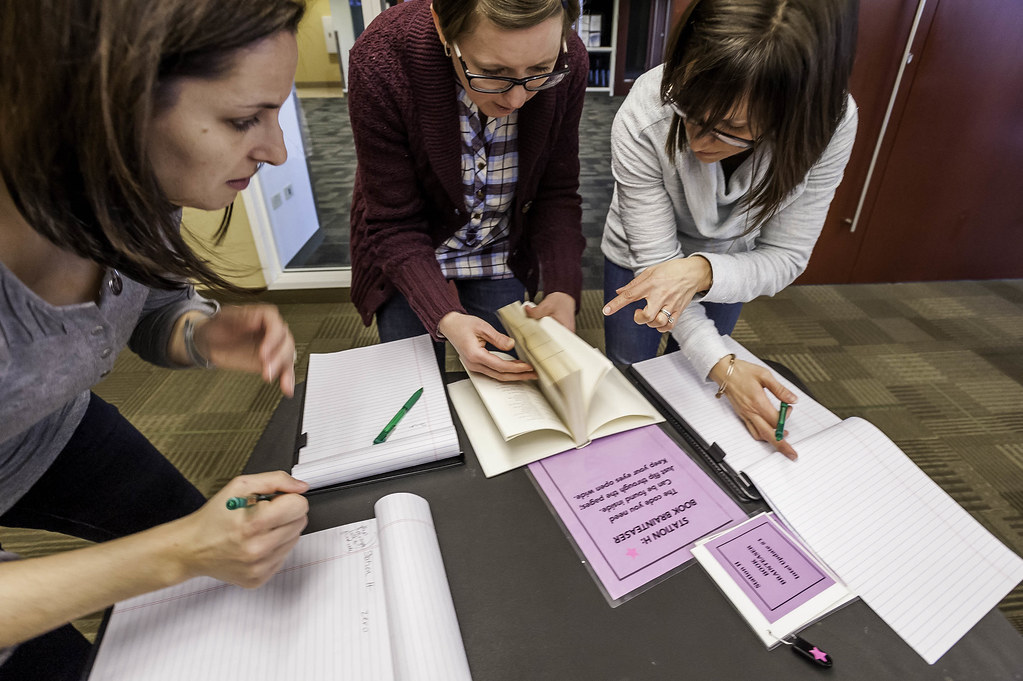
5. China’s K Visa for Young STEM Professionals
China will introduce its new K Visa on October 1, aimed at STEM degree graduates of qualified universities and research centers. The State Council says the program facilitates “international cooperation and exchanges among young sci-tech professionals” in addition to developing China’s human resource development policy.
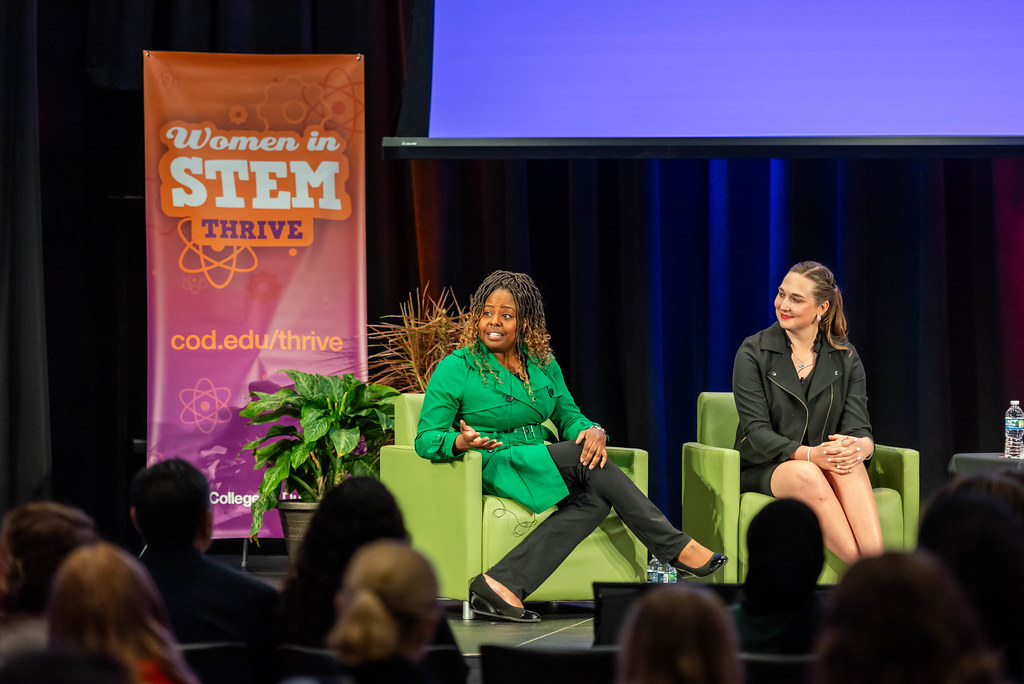
KPMG consulting firm says the visa is part of a larger strategy to promote China as a hub for up-and-coming talent in science and technology. As the U.S. is restricting entry for foreign employees, Beijing’s provision of streamlined entry and integration into its innovation system may be attractive to young career professionals looking to accelerate their careers and join big projects.
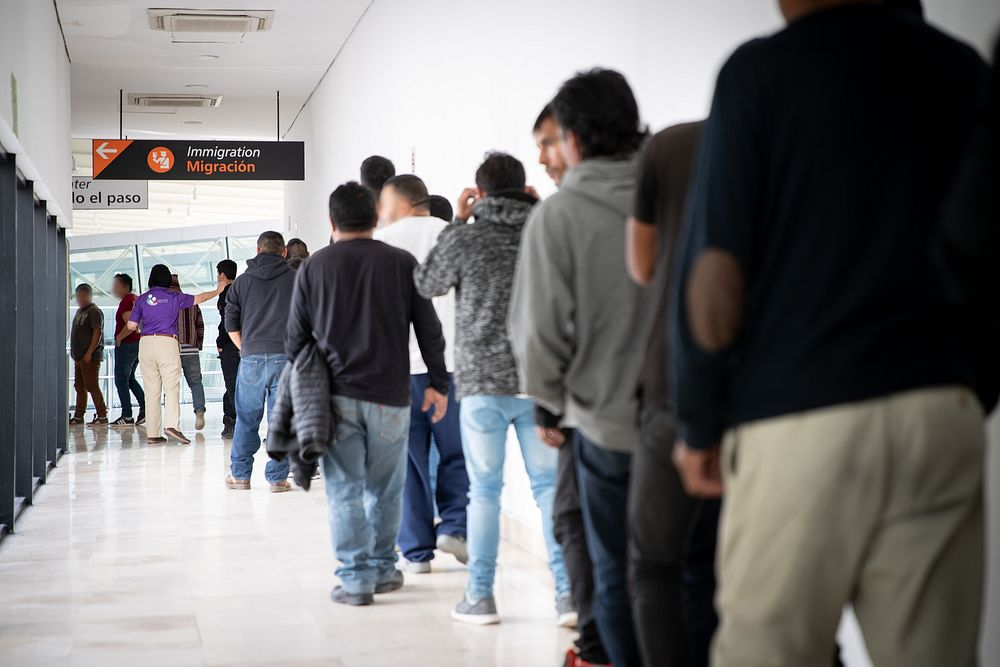
6. The U.S. Risks in Restricting H-1B Talent
The $100,000 charge on new H-1B visas, despite exceptions for some firms, has the potential to redefine America’s labour market. Indians, who account for more than 70% of H-1B recipients, are in disproportionate danger, with possible medication, technology, and academic shortages. David Bier of the Cato Institute warned that the measure would “deal a devastating blow to U.S. innovation and competitiveness.”

Economists such as Atakan Bakiskan characterize the shift as “anti-growth policymaking,” with weaker productivity growth and increased brain drain. Since H-1B holders provide about $86 billion to the U.S. economy each year, the stakes are enormous. Long-term consequences of the policy could include decreased university enrollment by foreign students and more offshoring, as businesses respond to the altered cost structure.

Tightening U.S. skilled immigration policy has set off a chain reaction of worldwide strategic responses. From Canada to China, countries are taking advantage of the moment to reboot their talent acquisition strategy, providing incentives that merge economic opportunity with stability over the long term. For policy makers and business leaders, the shift emphasizes a basic reality: in the international competition for innovation, immigration policies are not administrative obstacles they are instruments of strength that can reshape the geography of progress.
